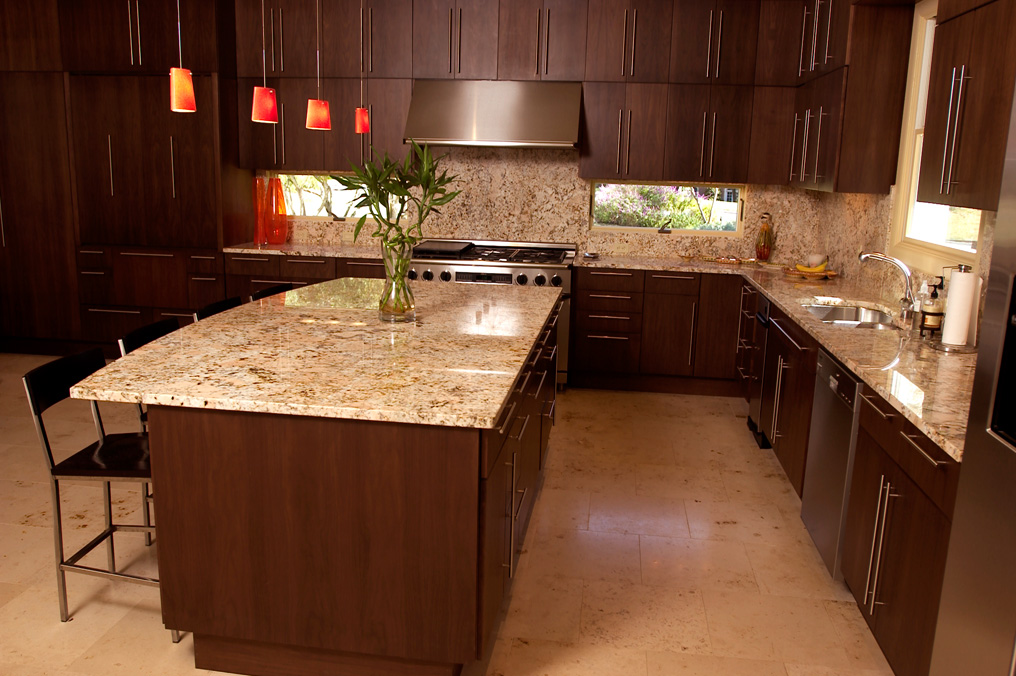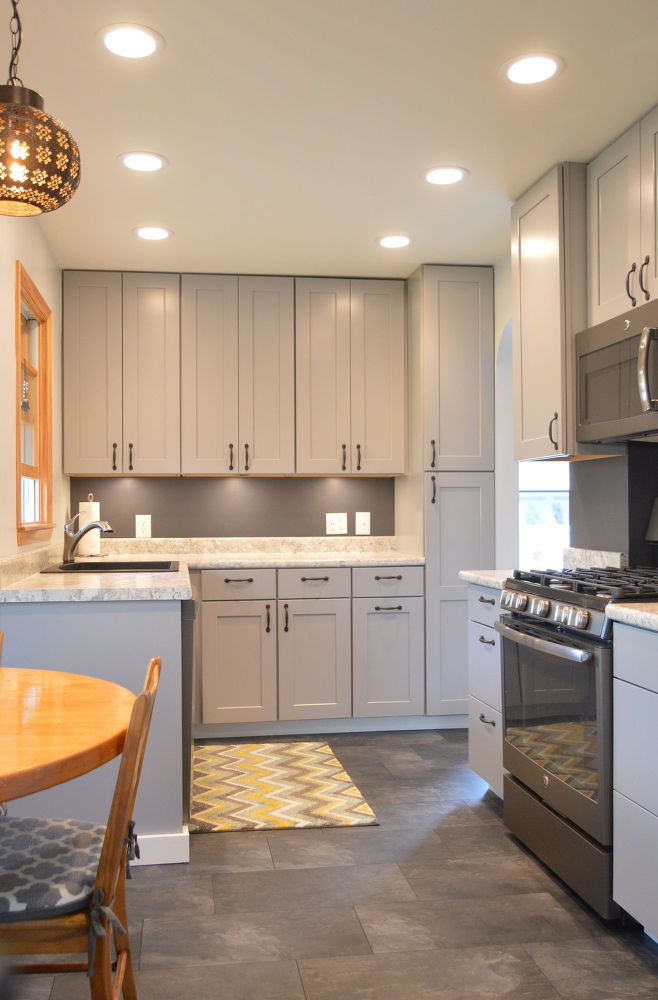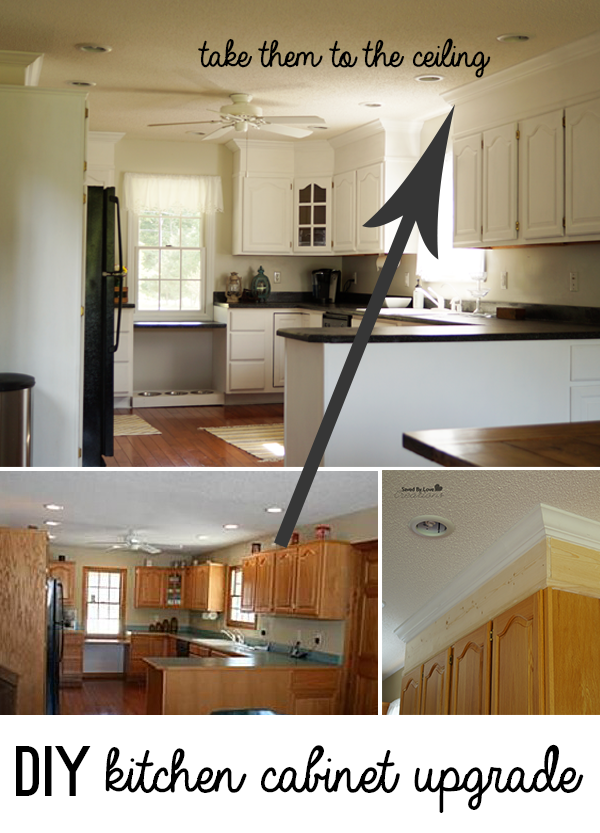Revamping Your Kitchen: Painting Kitchen Countertops
Giving your kitchen a fresh new look doesn’t always require a major renovation. Sometimes, a simple update can make a significant difference, and painting your kitchen countertops is one such option. Many homeowners wonder if painting kitchen countertops is a viable solution to transform their space without breaking the bank. In this comprehensive guide, we’ll walk you through the process of painting kitchen countertops, explore different techniques and materials, discuss the pros and cons, and offer tips for achieving professional-looking results.

Preparation and Planning
Before diving into the painting process, thorough preparation is essential to ensure a successful outcome. Start by thoroughly cleaning the countertops to remove any dirt, grease, or debris. Use a mild detergent and warm water to scrub the surface, and allow it to dry completely before proceeding.
Next, assess the condition of the countertops and make any necessary repairs. Fill in any cracks, chips, or imperfections with a suitable filler or epoxy, and sand the surface smooth once it’s dry. Additionally, if your countertops have a glossy finish, consider lightly sanding them to create a rougher texture that will help the paint adhere better.
Once the countertops are clean, smooth, and dry, it’s time to prime them. Choose a high-quality bonding primer specifically designed for use on countertops, and apply it evenly across the entire surface using a brush or roller. Allow the primer to dry completely before moving on to the next step.

Painting Techniques
When it comes to painting kitchen countertops, there are several techniques and methods to choose from, depending on your preferences and desired outcome. One popular option is to use a countertop refinishing kit, which typically includes all the necessary materials and instructions for a DIY project.
Alternatively, you can opt for traditional paint and primer products designed for use on countertops. Choose durable, water-based acrylic paint in a color that complements your kitchen decor, and apply it evenly using a brush or roller. For a smooth and professional finish, consider applying multiple thin coats of paint, allowing each coat to dry completely before adding the next layer.
Another technique is to create a faux stone or marble effect using specialty paint products and techniques such as sponging, ragging, or stippling. These techniques can help mimic the look of natural stone at a fraction of the cost, adding depth and texture to your countertops.

Sealing and Finishing
Once the paint has dried completely, it’s crucial to seal and protect the surface to ensure durability and longevity. Choose a clear, water-based polyurethane sealant specifically formulated for use on countertops, and apply it evenly across the painted surface using a brush or roller. Allow the sealant to dry completely according to the manufacturer’s instructions before using the countertops.
Additionally, consider adding a protective topcoat or wax to further enhance the durability and resistance of the painted surface. This extra layer of protection can help prevent scratches, stains, and water damage, ensuring that your newly painted countertops remain looking fresh and beautiful for years to come.

Maintenance and Care
Proper maintenance and care are essential to preserving the appearance and durability of painted kitchen countertops. To keep your countertops looking their best, avoid placing hot pots or pans directly on the surface, as high heat can damage the paint and sealant. Use cutting boards and trivets to protect the surface from scratches and dents caused by sharp objects.
Clean the countertops regularly with mild detergent and warm water, and avoid using abrasive cleaners or scrubbing pads that can scratch or damage the paint. Wipe up spills promptly to prevent staining, and avoid prolonged exposure to harsh chemicals or acidic substances that can degrade the sealant and paint over time.
With proper maintenance and care, painted kitchen countertops can provide a cost-effective and stylish alternative to expensive countertop materials, allowing you to achieve the look you desire without breaking the bank.

Common Mistakes to Avoid
Skipping Proper Preparation: Failing to thoroughly clean, repair, and prime the countertops before painting can result in poor adhesion and durability of the paint, leading to peeling, chipping, or fading over time.
Using the Wrong Paint or Sealant: Choosing the wrong type of paint or sealant for the countertops can result in unsatisfactory results and premature wear and tear. Make sure to select products specifically designed for use on countertops to ensure durability and longevity.
Rushing the Process: Painting kitchen countertops is a multi-step process that requires patience and attention to detail. Rushing through the preparation, painting, or sealing stages can lead to subpar results and disappointment.
Neglecting Proper Maintenance: Once the countertops are painted, it’s essential to maintain them properly to preserve their appearance and durability. Neglecting regular cleaning and maintenance can result in staining, scratching, and other damage that detracts from the overall look of the kitchen.
Overlooking Safety Precautions: When painting countertops, be sure to work in a well-ventilated area and wear appropriate safety gear, such as gloves and a mask, to protect yourself from fumes and chemicals.

Will painted kitchen countertops hold up to everyday use and wear?
Painted kitchen countertops can hold up well to everyday use and wear if properly prepared, painted, and sealed. However, it’s essential to manage expectations and understand that painted countertops may not be as durable or resistant to damage as traditional countertop materials such as granite or quartz. With proper preparation, high-quality paint and sealant, and regular maintenance, painted countertops can withstand common kitchen activities such as food preparation, dishwashing, and cleaning without significant wear or damage.
To ensure the longevity and durability of painted countertops, it’s crucial to follow best practices for preparation, painting, and sealing. Thoroughly clean and repair the countertops before painting, use a high-quality bonding primer and durable acrylic paint designed for use on countertops, and apply multiple thin coats of paint for a smooth and even finish. Finish with a clear, water-based polyurethane sealant to protect the surface from scratches, stains, and water damage.
While painted countertops can provide a cost-effective and stylish alternative to expensive countertop materials, they may require more frequent touch-ups and maintenance compared to traditional options. With proper care and attention, however, painted countertops can offer years of enjoyment and aesthetic appeal in your kitchen.

Can I paint over laminate or tile countertops?
Yes, it is possible to paint over laminate or tile countertops to give them a fresh new look. Painting laminate or tile countertops can be an affordable and relatively easy way to update the appearance of your kitchen without the cost and hassle of replacing the countertops entirely. However, it’s essential to follow proper preparation and painting techniques to ensure a durable and long-lasting finish.
Before painting laminate or tile countertops, thoroughly clean the surface to remove any dirt, grease, or residue. Sand the surface lightly to create a rough texture that will help the paint adhere better, and apply a bonding primer specifically designed for use on laminate or tile surfaces. Once the primer is dry, apply multiple thin coats of paint in your desired color, allowing each coat to dry completely before adding the next layer.
Finish the painted countertops with a clear, water-based polyurethane sealant to protect the surface from scratches, stains, and water damage. With proper preparation, painting, and sealing, painted laminate or tile countertops can provide a cost-effective and stylish alternative to traditional countertop materials, allowing you to achieve the look you desire without breaking the bank.

How long does it take to paint kitchen countertops, and how soon can I use them after painting?
Painting kitchen countertops is a multi-step process that requires careful preparation, painting, and sealing, so the timeline can vary depending on several factors. Generally, you should allow at least a few days to complete the entire process, including preparation, painting, drying, and sealing.
The time it takes to paint kitchen countertops depends on factors such as the size and condition of the countertops, the type of paint and sealant used, and the number of coats applied. Thoroughly cleaning and repairing the countertops, applying primer and multiple coats of paint, and allowing each layer to dry completely can take several hours to a day or more, depending on the specific circumstances.
After painting and sealing the countertops, it’s essential to allow sufficient time for the paint and sealant to cure fully before using the countertops for normal activities. Follow the manufacturer’s instructions for drying and curing times, which typically range from a few hours to a few days. Avoid placing heavy objects or using the countertops for cutting or chopping until the paint and sealant have fully cured to prevent damage to the surface.
Once the paint and sealant have cured completely, you can use the countertops for everyday activities with confidence, knowing that they have been properly prepared and finished for durability and longevity.

Can I change the color of my painted countertops in the future if I decide to redecorate?
Yes, you can change the color of your painted countertops in the future if you decide to redecorate. One of the benefits of painting kitchen countertops is the flexibility it offers in terms of color choices and customization. If you’re ready for a new look or want to update your kitchen decor, you can simply repaint the countertops in a different color to suit your new design preferences.
Before repainting your countertops, it’s essential to properly prepare the surface by cleaning and sanding it to remove any dirt, grease, or residue, and create a smooth, even texture for the new paint to adhere to. Once the surface is clean and dry, apply a bonding primer to ensure proper adhesion of the new paint to the existing surface.
After the primer has dried, you can apply multiple thin coats of paint in your desired color, allowing each coat to dry completely before adding the next layer. Finish the newly painted countertops with a clear, water-based polyurethane sealant to protect the surface and provide durability and longevity.
Keep in mind that changing the color of painted countertops may require additional time and effort compared to the initial painting process, as you’ll need to thoroughly clean, prime, and paint the surface again. However, with proper preparation and attention to detail, you can achieve a fresh new look for your kitchen countertops that complements your updated decor and design aesthetic.

Are there any special considerations or limitations for painting countertops in rental properties or temporary living situations?
If you’re considering painting countertops in a rental property or temporary living situation, there are several factors to keep in mind to ensure a successful and landlord-friendly outcome. First, check with your landlord or property management company to confirm whether painting countertops is allowed under your lease agreement. Some landlords may have specific rules or restrictions regarding painting and home improvements.
If painting countertops is permitted, consider using removable or temporary paint products that can be easily applied and removed without causing damage to the existing surface. Temporary countertop paint options are available in a variety of colors and finishes and can provide a quick and budget-friendly way to update the look of your kitchen without making permanent changes.
Before applying temporary countertop paint, thoroughly clean and prepare the surface to ensure proper adhesion and longevity. Follow the manufacturer’s instructions for application and drying times, and allow the paint to cure fully before using the countertops for normal activities.
Keep in mind that while temporary countertop paint can provide a temporary solution for updating the look of your kitchen, it may not offer the same durability or longevity as permanent paint products. Additionally, be sure to remove the temporary paint and restore the countertops to their original condition before moving out of the rental property to avoid potential charges or disputes with your landlord.

Help me choose kitchen countertops & paint!

How To Easily Paint Your Kitchen Countertops

DIY Kitchen Cabinet Upgrade With Paint and Crown Molding

Related Posts:
- Large Porcelain Tile Kitchen Countertops
- How To Change A Kitchen Countertop
- Maple Kitchen Cabinets With Quartz Countertops
- Most Cost Effective Kitchen Countertops
- Light Colored Granite Kitchen Countertops
- Prefab Quartz Kitchen Countertops
- Paint Kitchen Countertops To Look Like Marble
- Kitchen Countertops Melbourne Fl
- Is Soapstone Good For Kitchen Countertops
- Light Granite Kitchen Countertops